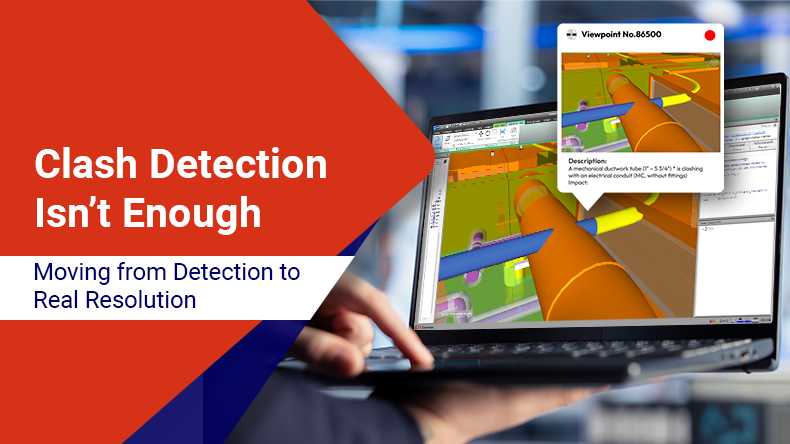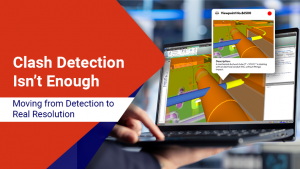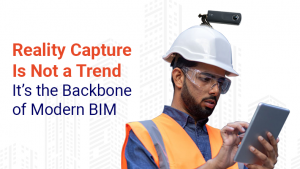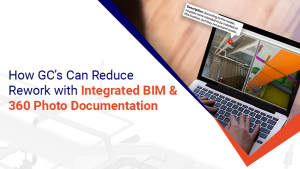Reading Time: 6 minutes
Clash detection has become one of the most recognizable benefits of Building Information Modeling (BIM). When you bring together models from architects, engineers, and multiple trades, powerful BIM clash detection software can make hidden conflicts obvious before construction begins. That saves time, avoids change orders, and limits costly mistakes.
But here’s the catch: finding a clash doesn’t fix it. Knowing that a duct is cutting through a beam or that a conduit blocks a sprinkler line doesn’t make your project any more buildable. The real value comes when teams don’t just detect, but resolve those clashes. That shift from detection to resolution is where owners and contractors gain the most in time, cost, and confidence.
What Clash Detection Delivers
When a coordinated model combines multiple design disciplines, clashes are inevitable. These can include:
Work Smarter, Not Harder
iFieldSmart empowers your team with AI-driven efficiency to simplify scheduling, boost collaboration, and keep projects on track.
Schedule a Meeting- Beams or columns colliding with ducts and pipes
- Wall assemblies overlapping openings or structural components
- Electrical conduits fighting for space with HVAC or fire protection
- Poor access or clearances that limit operability
With Autodesk Navisworks Manage, multi-platform models are joined together in one file. Files are lightened and made easy to handle by removing unnecessary base structure, facilitating quicker processing and navigation. This optimization ensures smooth coordination even on large, complex projects.
Teams generate clear Building Conflict Reports (BCRs), organized by trade or area, to show exactly where issues appear. Project teams customize these reports for the project and update them throughout coordination to reflect current priorities, design changes, and resolution progress; these reports are not one-time exports. This step is essential because if those conflicts remain hidden until field installation, the project will face rework, delays, and cost overruns.
In short, clash detection is a guardrail. It tells you where the project will go off track if you don’t intervene. But reports alone don’t get a project built.
Why Detection Alone Isn’t Enough
Here is the thing: clash detection reports can quickly overwhelm a team. On a large project, teams can identify hundreds of issues. Without proper context, it becomes challenging to prioritize clashes, determine ownership, or make updates without creating additional complications.
In reality, unresolved clashes keep appearing in meetings and go through discussions without anyone resolving them. That’s why detection must always lead to resolution. A clash-free, coordinated model is the point, not just a long list of conflicts.
From Detection to Resolution: The Real Workflow
So what does moving beyond clash detection look like?
- Prioritization
Not all conflicts are equal. A small overlap between low-level piping might be minor. A major beam cutting across a main mechanical trunk line could stop construction cold. Strong BIM clash detection services rank issues, so attention goes to the problems that really matter. - Collaboration
Clash resolution depends on collaboration. The software points out the conflicts, but resolving them requires coordination. Everyone involved, architects, engineers, contractors, and trades, needs to look at the same model and work through solutions together. - Implementing Fixes
Detection points to a problem. Resolution proposes alternatives, evaluates impacts, and makes a decision. Maybe the duct shifts. Maybe someone adjusts the beam. Maybe the clearance changes. You need to model and test the fix in context so the project doesn’t trade one issue for another. - Updating the Model and Schedule
Resolution only counts if it makes it back into the BIM model and schedule. That means geometry updates, drawing revisions, and saved reports. When the coordinated model reflects the final design decisions, that resolution carries forward to the construction documents and provides accurate guidance onsite. - Documentation and Workflow Optimization
Every resolved clash adds knowledge for the future. By documenting how a team solved an issue, they build a reference library for project teams and improve workflows for the next project. Many firms now include clash detection workflow optimization as a service to improve efficiency across multiple projects.
The Benefits of True Clash Resolution
When teams go beyond detection, the payoffs are substantial:
- Reduced rework: With clashes resolved in design, field adjustments shrink to a minimum.
- Faster installation: Trades work more efficiently when routes and spaces are conflict-free before they mobilize on-site.
- Fewer RFIs and change orders: Project delivery speeds up when issues don’t have to bounce through contracts and approvals later.
- Higher confidence: Owners and contractors gain assurance that the design model is accurate and reliable for construction.
Detection stops surprises. Resolution builds trust.
Different Types of Clashes, Different Strategies
Not all clashes are created equal, and neither are their solutions:
- Architectural clashes: Wall openings, door swings, ceiling conflicts. Often resolved with small design adjustments.
- Structural clashes: Beams, foundations, or columns colliding with other systems. These require careful design input to preserve integrity.
- MEP clashes: They often occur when mechanical, electrical, plumbing, and fire protection systems vie for limited space. Coordination here has the biggest impact on installation efficiency.
- Spatial clashes: Clearances, access panels, and circulation paths. While sometimes overlooked, they directly affect usability and building maintenance.
Knowing the type of clash helps teams decide not just whether it matters, but how best to fix it.
How Clash Detection Fits into a Bigger BIM and FM Strategy
Clash detection and resolution deliver major benefits on their own, but they are most effective when paired with a larger BIM and facilities management approach. Many projects rely on related services that strengthen the data and extend its usefulness far beyond construction.
Supporting services include:
- Laser Scanning and Scan-to-BIM Conversion for accurate as-built data.
- FM Data Program Management and COBie Data Collection to structure building information for facility handover.
- 6D BIM Modeling that incorporates lifecycle data for energy performance and cost planning.
- CAD-to-BIM Conversion and Document Digitization to integrate older drawings and records into the modern workflow.
- Facilities Management Services that connect BIM data to daily operations and long-term asset management.
When integrated, these services ensure projects move from design to construction to operations with continuity, accuracy, and reliability. Clash detection becomes one link in a broader chain of project success.
Final Word: Detection Is Step One, Resolution Wins the Game
The industry has embraced clash detection because it reduces costly mistakes. But the real opportunity lies in resolution. A BCR or conflict report only has value if teams take the next step: coordinating across stakeholders, implementing fixes, updating models, and documenting outcomes.
At BIM Engineering US, L.L.C., our experience has shown that resolving clashes, not just identifying them, creates coordinated, constructible models. It supports project teams with accurate information that drives better decisions across the project lifecycle.
By pairing BIM clash detection with true resolution and supporting it with related BIM and FM services, teams take projects from being “error-checked” to being fully coordinated, buildable, and maintainable. That shift detection to resolution is where teams save the most time, owners save the most money, and everyone gains the confidence to build faster and smarter.





